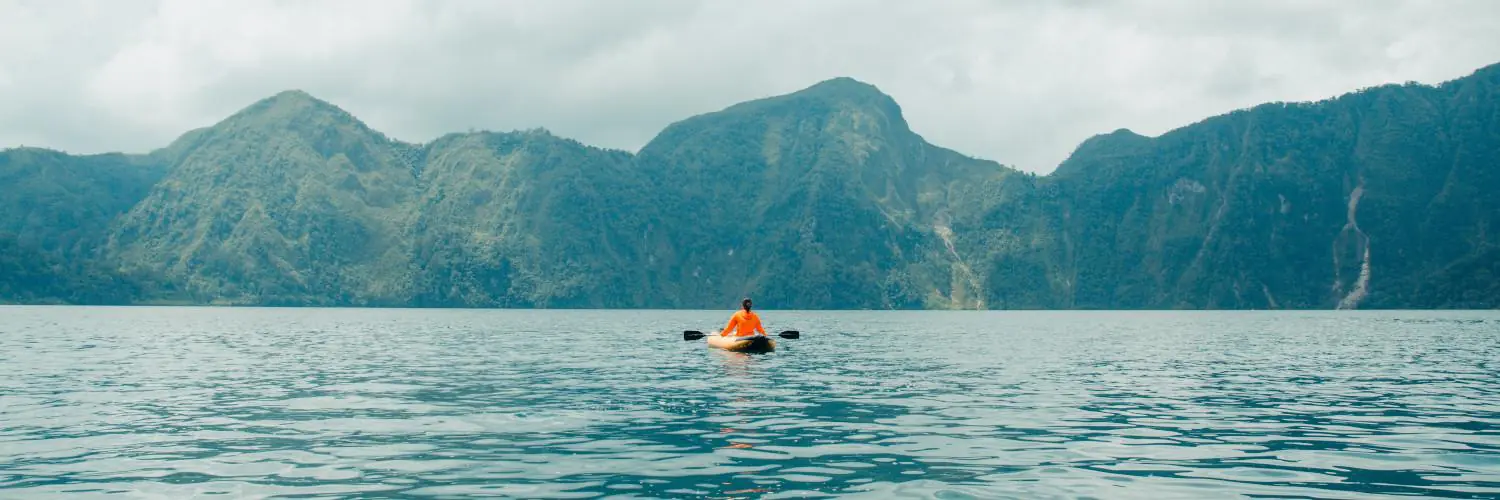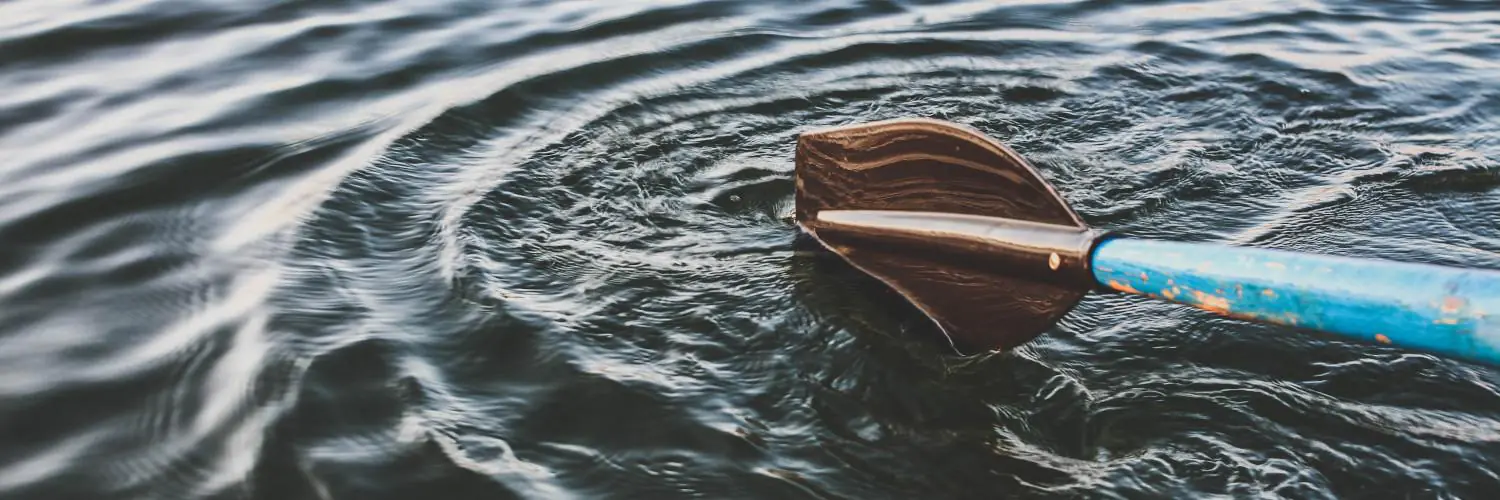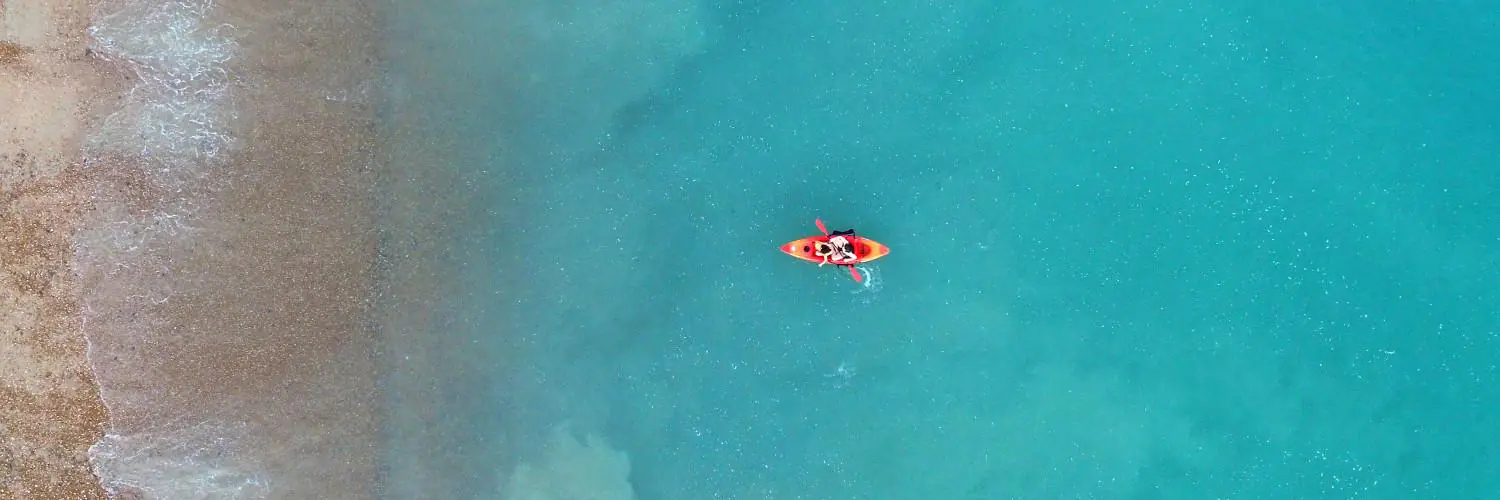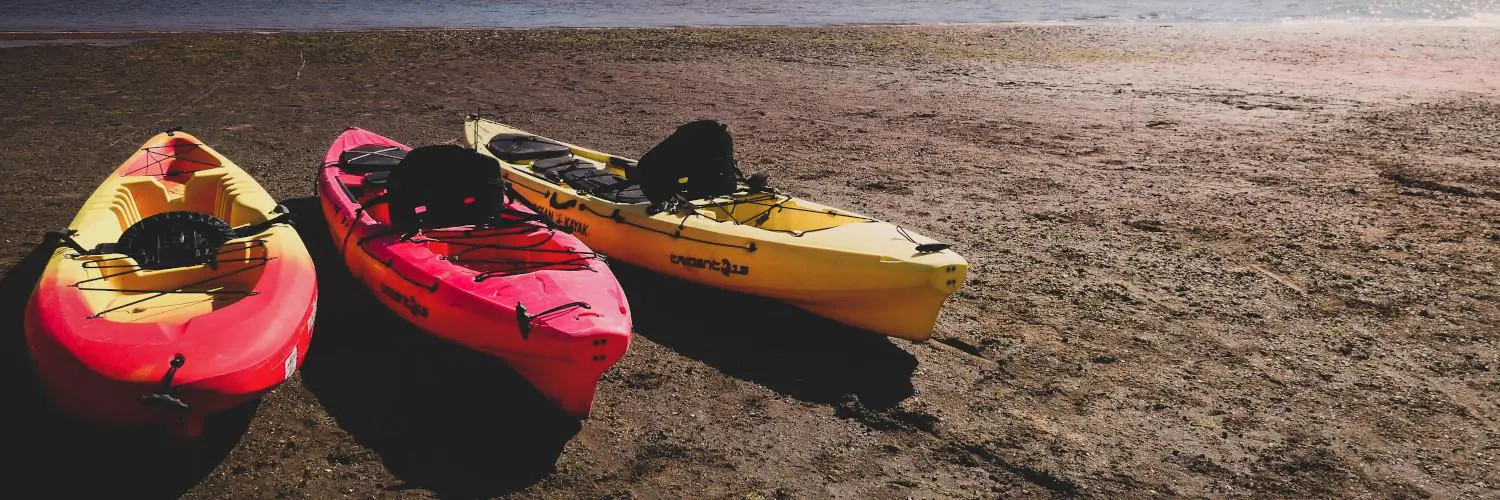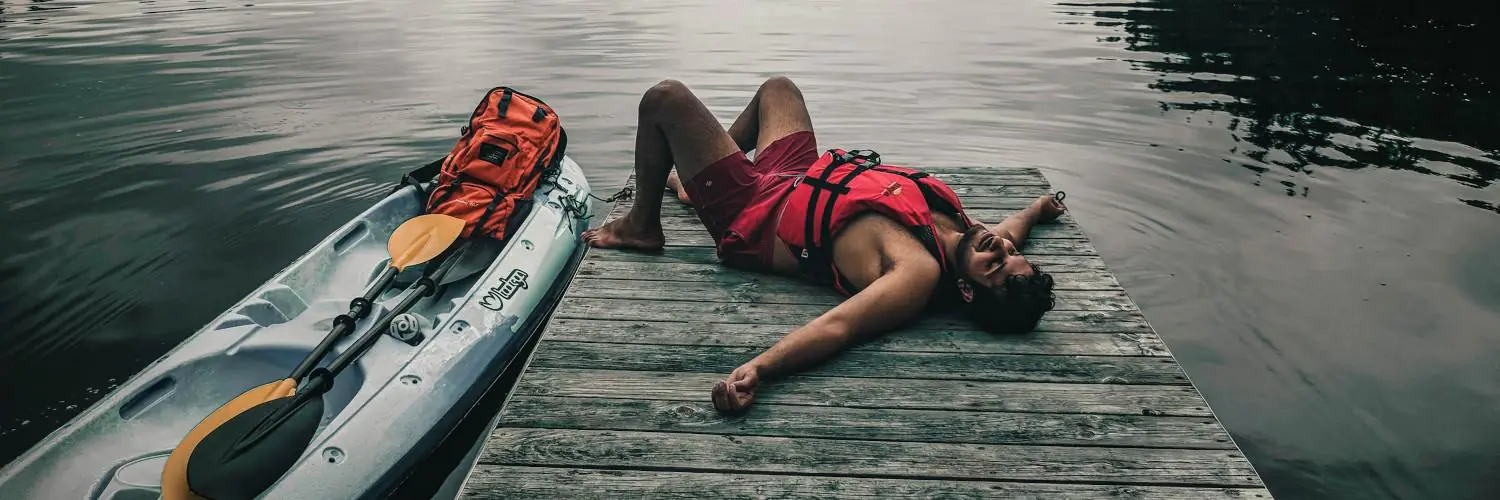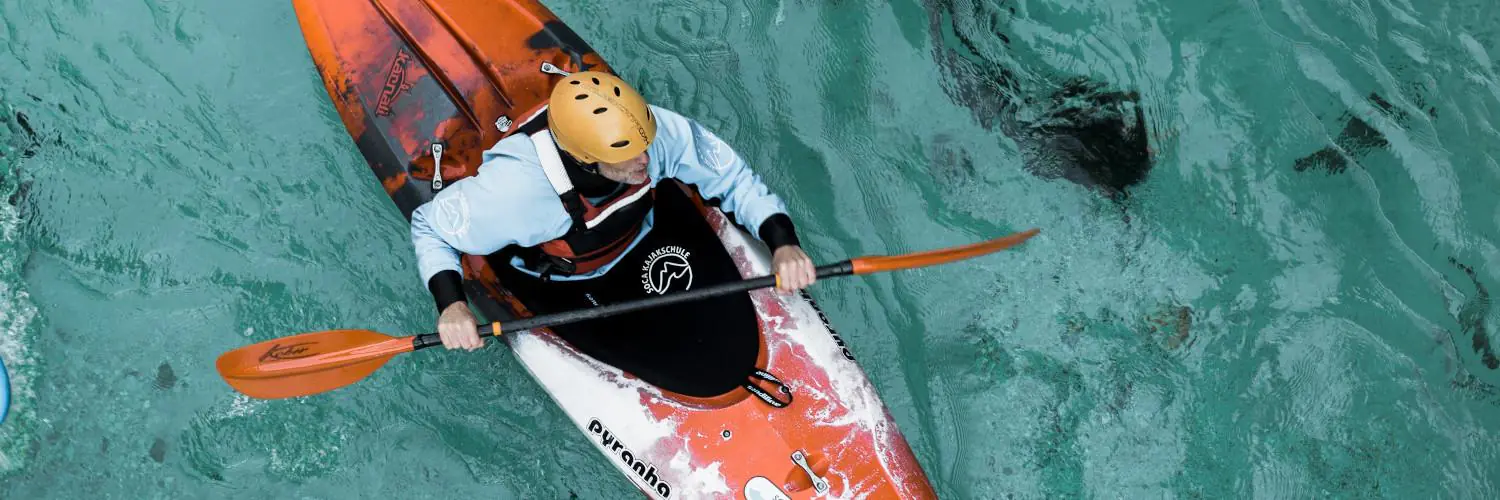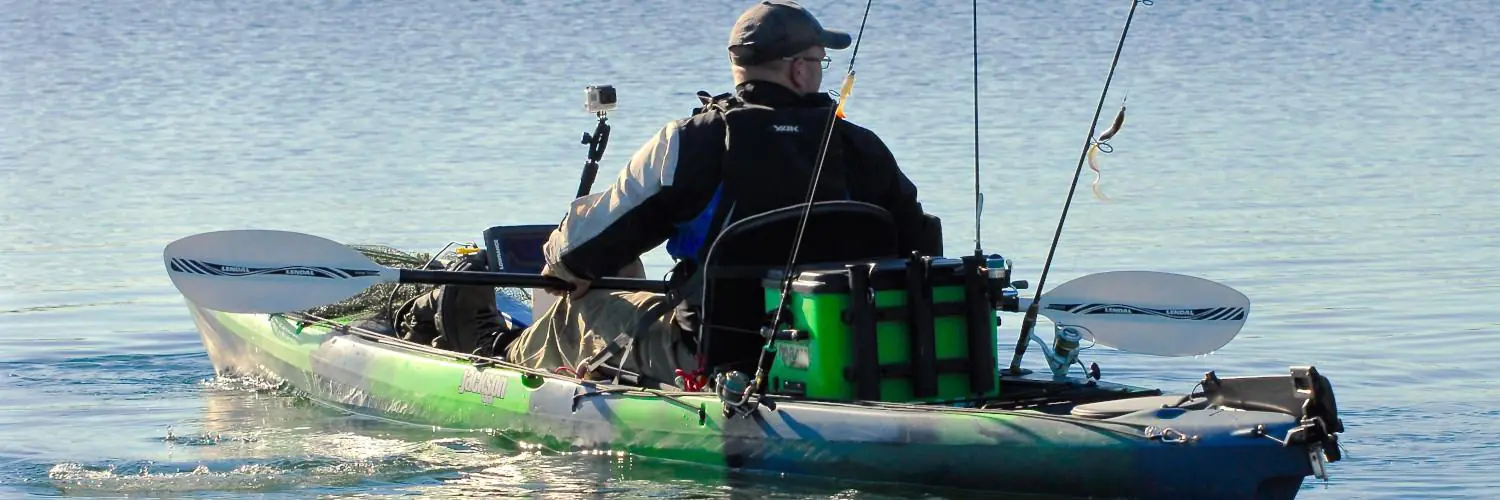Misty Fjords National Monument is a pristine wilderness area located in southeast Alaska, renowned for its deep glacial fjords, towering cliffs, and diverse ecosystem. As the largest national monument in the United States, it is only accessible by boat or floatplane, adding to its untouched allure. Kayaking through these tranquil waters offers adventurers unparalleled opportunities to connect with nature. The calm inlets and lush rainforest surroundings make it an idyllic destination for paddlers of varying skill levels.
The splendor of kayaking in Misty Fjords lies in the close encounters with the abundant wildlife and the awe-inspiring scenery. Paddlers may navigate alongside curious seals, observe brown bears roaming the shores, and glimpse bald eagles soaring above the tree line. The reflection of the mist-covered cliffs on the crystal-clear waters provides a serene paddling experience.
Companies such as Southeast Exposure provide guided tours for those looking to explore the fjords, offering multi-day kayaking adventures that include camping and hiking. These tours allow kayakers to immerse themselves fully in the wild beauty of Alaska, from navigating through peaceful coves to camping under the expansive northern sky. With the right guidance and respect for the natural environment, kayaking in Misty Fjords becomes an unforgettable journey into the heart of Alaska’s wilderness.
Table of Contents
Kayaking Adventures in Misty Fjords
Misty Fjords National Monument in Southeast Alaska offers unparalleled kayaking experiences through its serene waterways and dramatic, tree-covered cliffs. Sea kayaks are the vessel of choice, providing an intimate encounter with the area’s natural beauty. Kayakers can rent equipment or join guided tours suitable for various skill levels.
Kayak Rentals and Types
Multiple providers in the region, such as Southeast Sea Kayaks, offer a range of kayaks for rent, including sturdy double kayaks designed for stability and comfort. Paddlers can expect high-quality sea kayaks which are ideal for the calm and sheltered waters of the fjords.
Available Kayak Types:
- Single Kayaks: For individual paddlers looking for a solo adventure.
- Double Kayaks: Catering to pairs and recommended for beginners due to their increased stability.
Guided Kayak Tours
For those seeking a structured adventure with expert knowledge of the area, guided trips are available. These tours can span from a few hours to multi-day excursions, like the 6-day sea kayaking tour offered by Southeast Exposure, encompassing kayaking, camping, and hiking. Itineraries are crafted to reveal the best of Misty Fjords, often including wildlife viewing opportunities and exploration of the shoreline.
Sample Guided Trip Offerings:
- Half-Day Excursions
- Full-Day Trips
- Multi-Day Sea Kayaking Adventures
Safety and Skill Levels
Safety is paramount when kayaking in Misty Fjords. This activity can cater to a wide range of skill levels, from beginners to seasoned paddlers. Novices are often encouraged to opt for guided trips for a safer and more informative experience. Providers ensure participants are equipped with the necessary safety gear and informed about weather conditions and potential risks.
Recommended Safety Practices:
- Wear a life jacket at all times.
- Be informed of the weather and water conditions.
- Paddle in groups, especially if inexperienced.
Exploring the Wilderness
The Misty Fjords offers an unparalleled experience with its pristine rainforest, diverse wildlife, and dramatic landscapes. Kayaking through the fjords provides direct engagement with this untouched natural environment.
Wildlife Viewing Opportunities
In the heart of the Misty Fjords, paddlers often encounter an array of wildlife. Bald eagles are frequently sighted soaring above or perched on tall trees. The still waters of Rudyerd Bay allow for close encounters with marine life, including seals and occasionally orcas. Observers may spot black bears foraging along the shoreline and brown bears in the broader wilderness areas. Care should be taken to observe all wildlife from a safe and respectful distance to avoid disturbing their natural behaviors.
Hiking Trails Around the Fjords
Rudyerd Bay not only offers serene paddling but also is a gateway to several hiking trails that penetrate the surrounding rainforest and climb towards glacial overlooks. Hikers can witness the grandeur of the Misty Fjords from higher elevations, discovering panoramic views of the fjords and glaciers. Trails vary in difficulty, and all visitors should be prepared for the unpredictable weather and terrain of the Alaskan wilderness.
Camping and Overnight Stay
For those wishing to immerse themselves fully in the Misty Fjords, designated campsites offer a chance for an extended stay. While camping, adventurers can use tents to spend the night amidst the rainforest sounds and tranquility of the fjords. Campers must follow Leave No Trace principles to preserve the environment and ensure that the area remains undisturbed for wildlife and future visitors. The remoteness of the area means that individuals must be self-sufficient and experienced in backcountry camping practices.
Natural Wonders of Misty Fjords
Misty Fjords National Monument in Alaska offers a spectacular collection of natural phenomena, where glacially-carved fjords and temperate rainforests come together to create stunning landscapes. The region showcases a diverse array of geological formations and water features that reflect the area’s geological past.
Scenic Waterways and Waterfalls
Behm Canal serves as the main artery, steering adventurers through Misty Fjord’s intricate network of waterways. Kayakers often find themselves enveloped by the pristine beauty of the fjords, as Punchbowl Cove reveals cascading waterfalls that feed into the tranquil waters. Frequent rain further nourishes this landscape, revitalizing the waterfalls and contributing to the area’s namesake mist. Additionally, Punchbowl Lake, situated at higher elevations, acts as a source for some of these majestic waterfalls.
- Behm Canal: Main navigable waterway through Misty Fjords.
- Waterfalls: Numerous and revitalized by the region’s frequent rainfall.
- Punchbowl Cove: Notable for its beautiful cascades.
- Punchbowl Lake: A serene alpine lake feeding waterfalls that flow into the cove.
Unique Geological Features
Misty Fjords’ geological wonders are equally as captivating, with granite cliffs and walls rising sharply from the water to reach heights of 3,000 feet in places. These formations are a testament to the area’s glacial history. Such steep granite facades were shaped during the last Ice Age by the movement of glaciers, carving deep fjords into the landscape. Furthermore, evidence of volcanic activity is seen in lava flows and formations like the iconic New Eddystone Rock—a remnant of this volcanic past rising abruptly from the waters of the fjord.
- Granite Cliffs: Towering 3,000 feet formations carved by ancient glaciers.
- New Eddystone Rock: A stark volcanic formation within the fjord waters.
The Natural Wonders of Misty Fjords capture both the powerful geological processes that have shaped the land for millennia and the present-day serenity of the Alaskan wilderness.
Cultural Insights and Historical Context
Before paddling through the serene waters of the Misty Fjords, it’s vital to appreciate the region’s cultural depth and historical narratives that are deeply intertwined with every ripple and echo against the cliffs.
Tlingit Culture and Heritage
The Misty Fjords, close to Ketchikan, have been part of the Tlingit people’s homeland for millennia. They call this area ‘Hinyaa’ meaning “land of the south people.” Tlingit culture is rich with oral histories, totemic art, and traditions that reflect their deep connection with the land and the sea. The Tlingit revered the fjords’ abundant resources, which supported their communities; they fished the coastal waters and navigated the rugged landscape with deftness that’s been passed down through generations.
- Totem Poles: It’s an integral aspect of Tlingit culture, representing stories, ancestry, and societal roles.
- Canoes: Historically essential for travel and trade, showing their masterful crafting skills.
European Exploration and Settlement
European presence in the area dates to the late 18th century, with explorers drawn by the allure of the New World and the promise of resources. They navigated the coastal inlets in their quest for establishing trade, mainly in furs. By the 19th century, settlements began to form, notably around present-day Ketchikan, which eventually grew to a key supply point for miners during the Gold Rush era.
- Key Explorers: Notable figures include George Vancouver, who charted much of the Pacific Northwest coastline.
- Post-Contact Changes: The European settlement brought profound changes to local indigenous cultures and the region’s dynamics.
Planning Your Trip
When preparing for a kayaking adventure in Misty Fjords, Alaska, it’s essential to consider the timing of your visit, understand the available transportation and accommodations, and make necessary reservations while ensuring you bring appropriate gear for the journey.
Best Times to Visit and Weather
The optimal period for kayaking in Misty Fjords is between May and September when weather conditions are generally milder. During these months, kayakers can expect average temperatures ranging from 50°F to 60°F. However, it’s crucial to be prepared for rain as Southeast Alaska is known for its wet climate.
- May to September: Ideal for kayaking.
- Temperature: 50°F – 60°F on average.
- Climate: High precipitation, layered clothing recommended.
Transportation and Accommodations
Travelers can reach Southeast Alaska via air or sea. Flights are available from major cities like Seattle or Vancouver to Ketchikan, the gateway to Misty Fjords. From there, floatplanes or water taxis provide access to the fjords. Visitors should consider staying in Forest Service cabins found in scenic spots like Bailey Bay or near the hot springs for an authentic Alaskan experience.
- Air Travel: Seattle, Vancouver → Ketchikan.
- Sea Access: Cruise ships, personal boating.
- Local Transport: Water taxis, floatplanes.
- Accommodations: Forest Service cabins, local lodges.
Example Itinerary:
- Fly from Seattle to Ketchikan.
- Take a floatplane to Misty Fjords.
- Stay in a cabin at Bailey Bay for hot spring access.
Making Reservations and What to Bring
Reservations for guided tours, Forest Service cabins, and transportation should be made well in advance, as spots fill up quickly, especially during peak season. For kayaking, personal flotation devices (PFDs), weather-appropriate clothing, and safety gear are mandatory. It is advised to bring layered clothing to adapt to changing conditions and all necessary camping equipment if planning an overnight stay.
Reservations:
- Guided Tours: Must be booked ahead, minimum group sizes apply.
- Cabins: Reserve early, especially at popular sites like Anchor Pass Cabin or Point Alava.
- Transportation: Book floatplanes and water taxis in advance.
Packing List:
- Safety: PFDs, navigation aids, communication devices.
- Clothing: Waterproof layers, moisture-wicking materials.
- Camping Gear: If staying overnight, bring a tent, sleeping bag, and bear-proof containers.
Additional Activities Around Misty Fjords
While kayaking is a popular way to explore Misty Fjords, there are numerous other activities that enrich the experience for visitors to Southeast Alaska.
- Fishing: Enthusiasts can enjoy the rich fishing opportunities. The region’s waterways are teeming with various species of fish, including salmon and halibut, providing an excellent fishing experience. Be sure to comply with the SE Alaska 2019 Fishing Regulations.
- Hiking: For those who like to keep their feet on solid ground, trails wind through rainforests and ascend to scenic vistas. Hikers can immerse themselves in the diverse ecosystem of the Tongass National Forest.
- Wildlife Viewing: Wildlife abounds, offering a chance to spot black bears, eagles, and mountain goats. Safely observe these creatures in their natural habitat.
- Stand Up Paddle Boarding: Paddle boarding gives visitors a serene way to glide across the calm waters of the fjords, offering a unique perspective on the landscape.
- Flightseeing: Flightseeing tours provide breathtaking aerial views of the fjords. These tours reveal the monument’s grandeur from a distinct vantage point.
- Whale Watching: The waters of Southeast Alaska are home to humpback and orca whales. Organized tours offer visitors a chance to witness these majestic animals.
Itinerary planners should consider the seasonal availability of these activities. For a successful adventure, guests are advised to reserve services like guided tours and equipment rental in advance. Multi-day activities can be further complemented by stays in USDA Forest Service cabins, adding a rustic overnight experience to the adventure.

